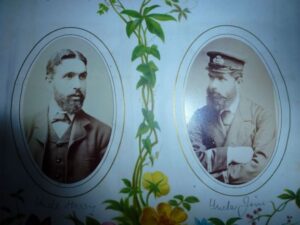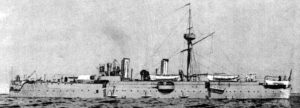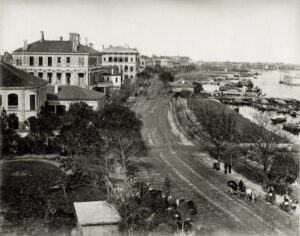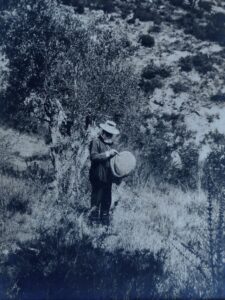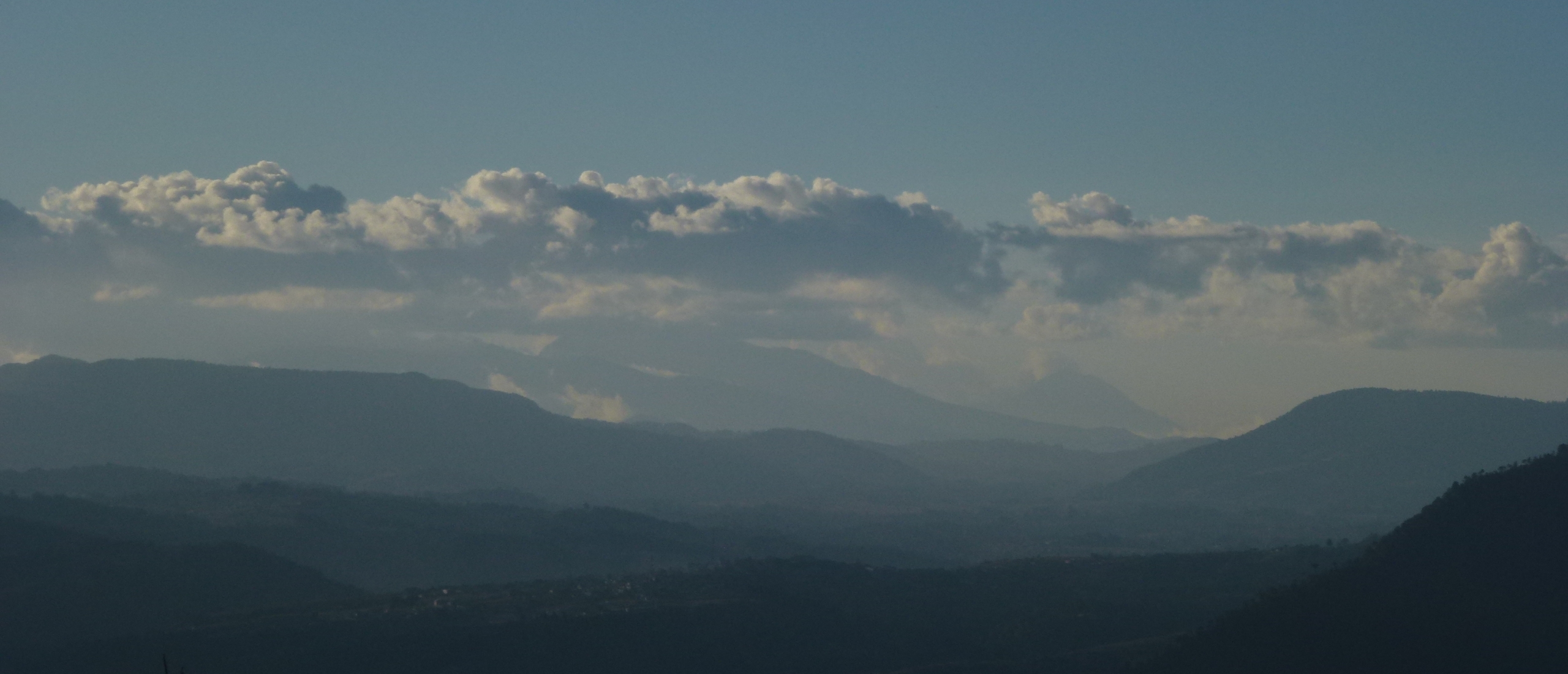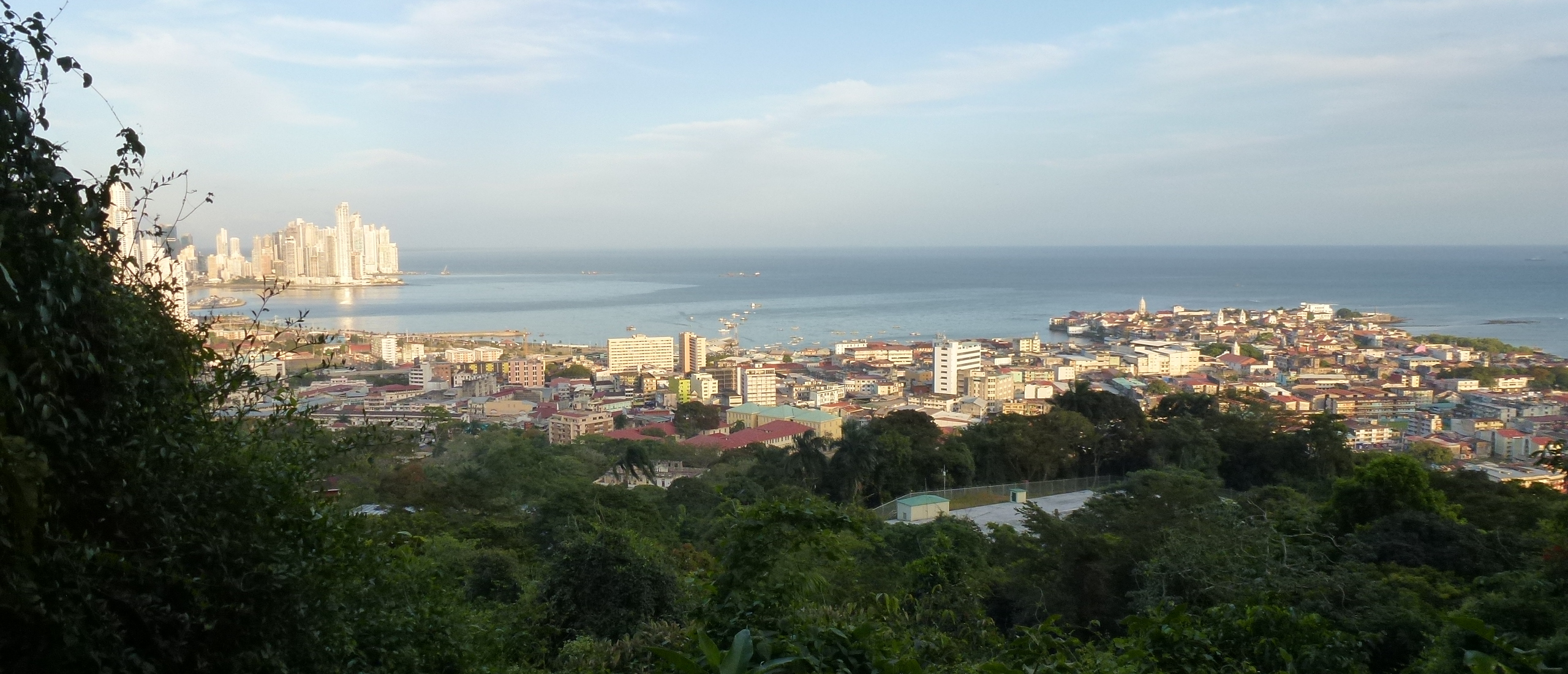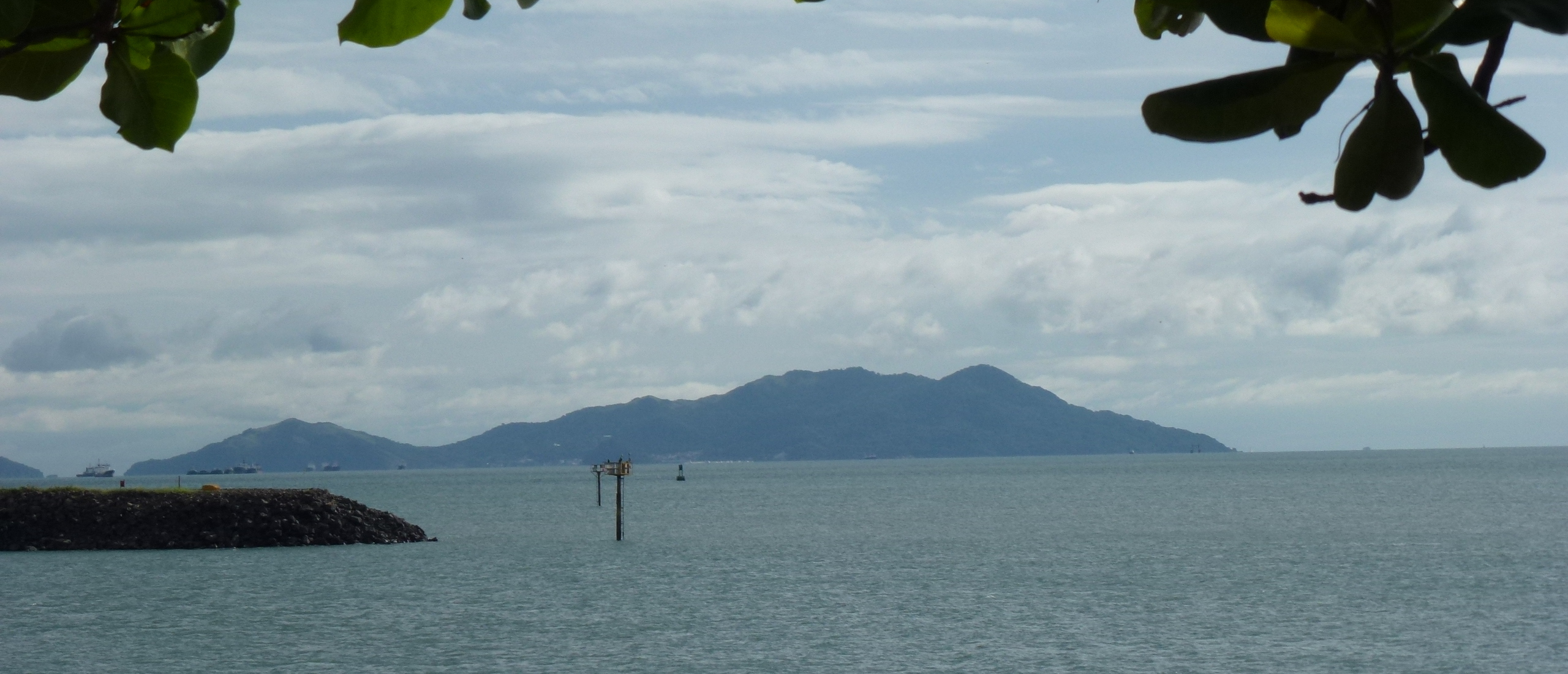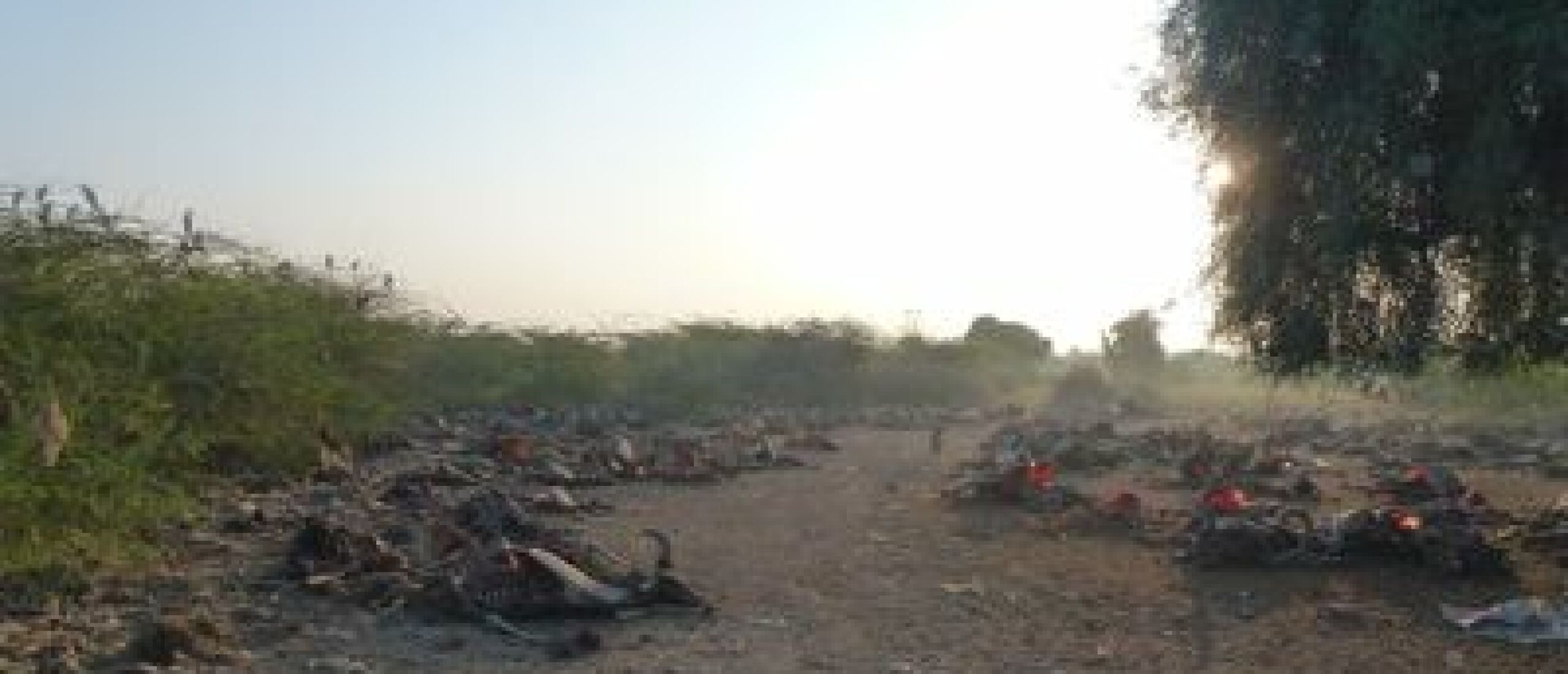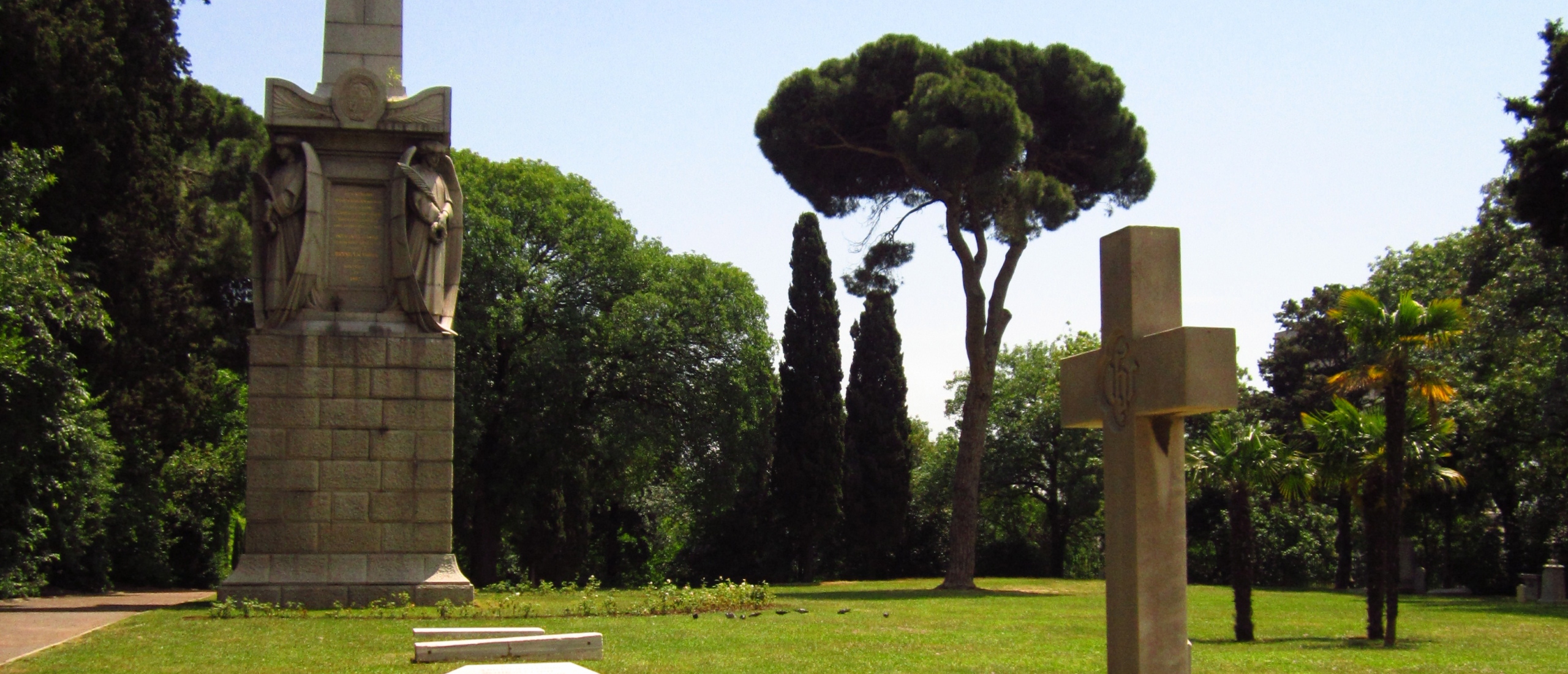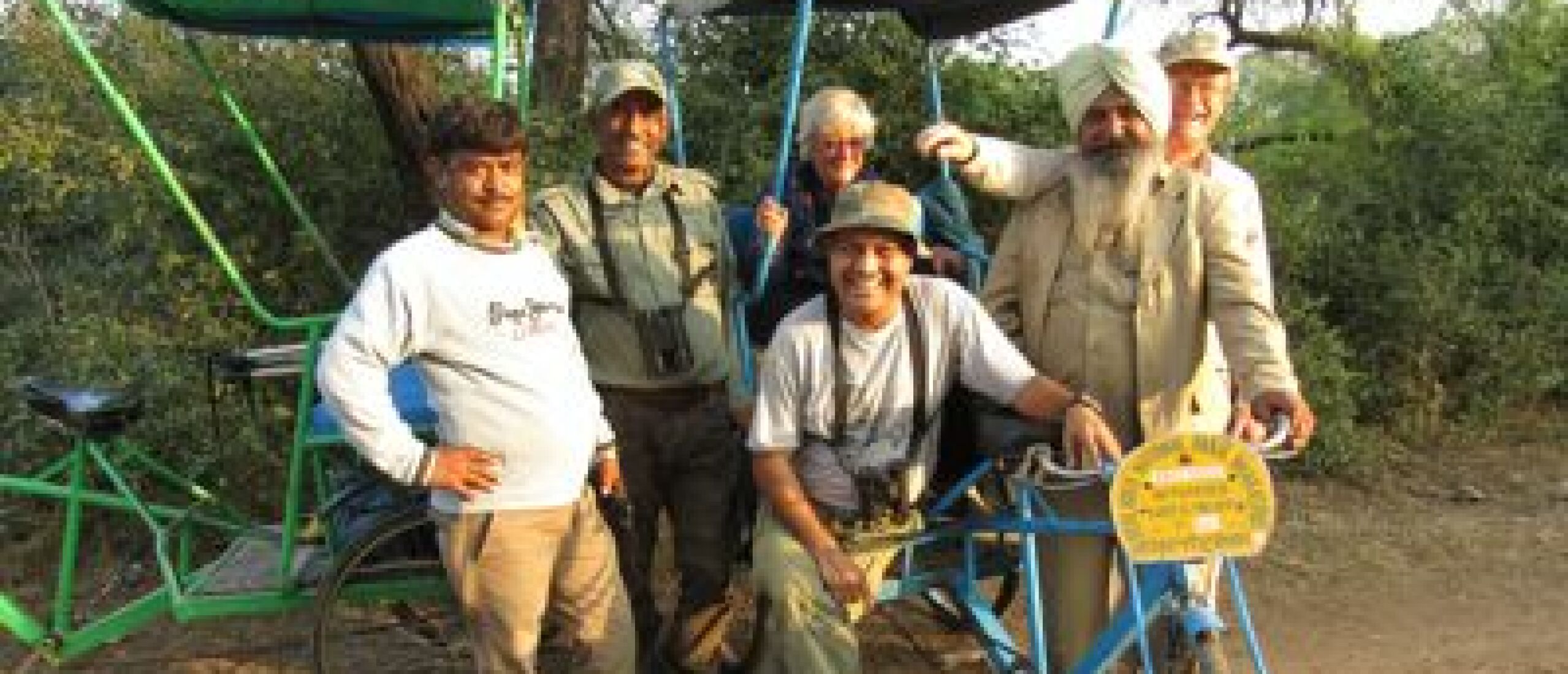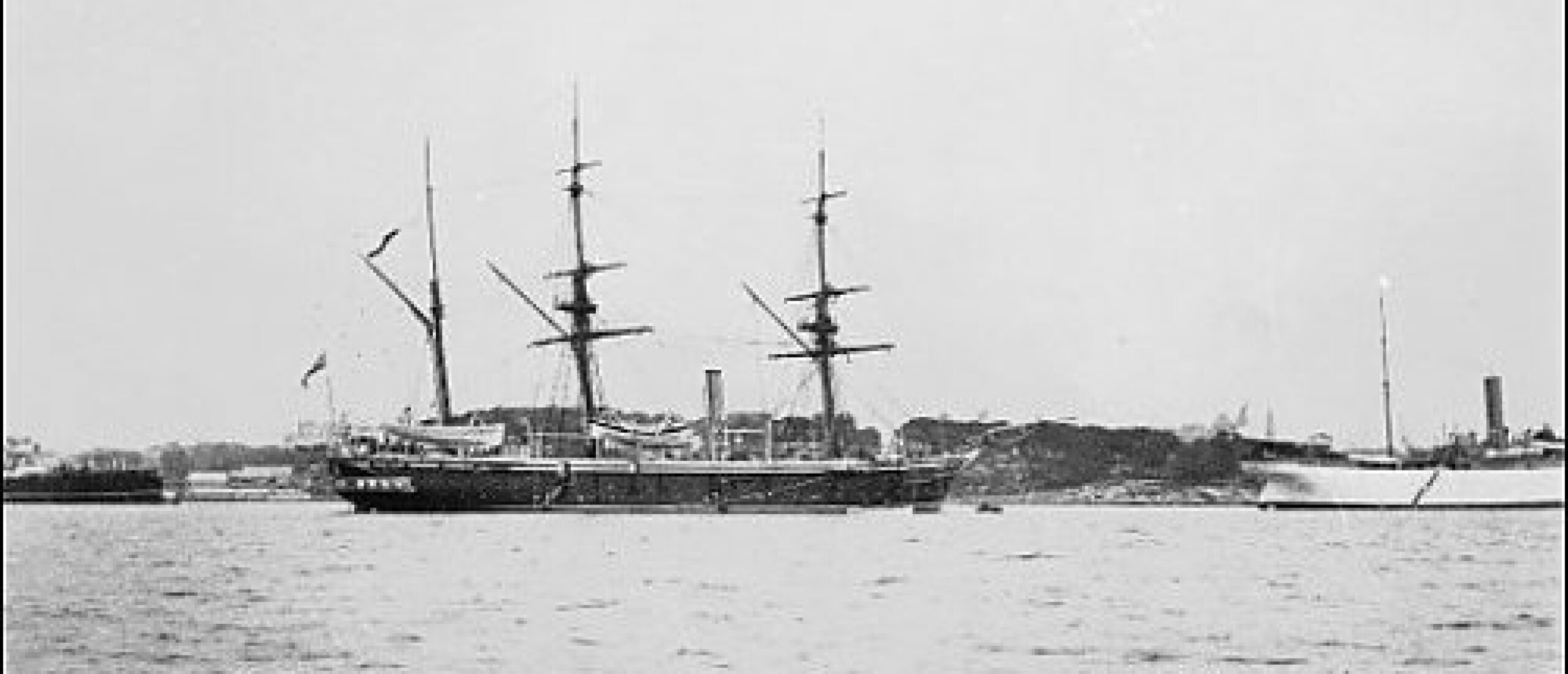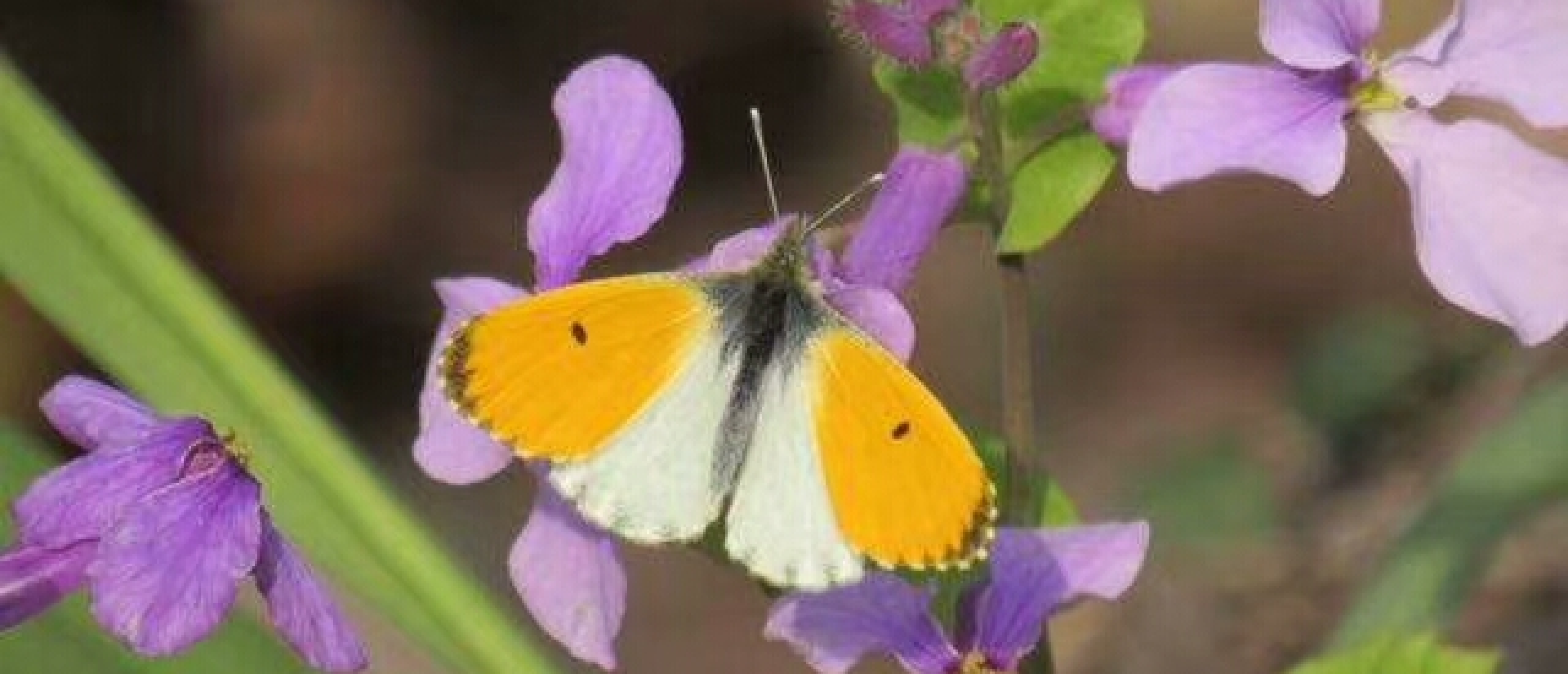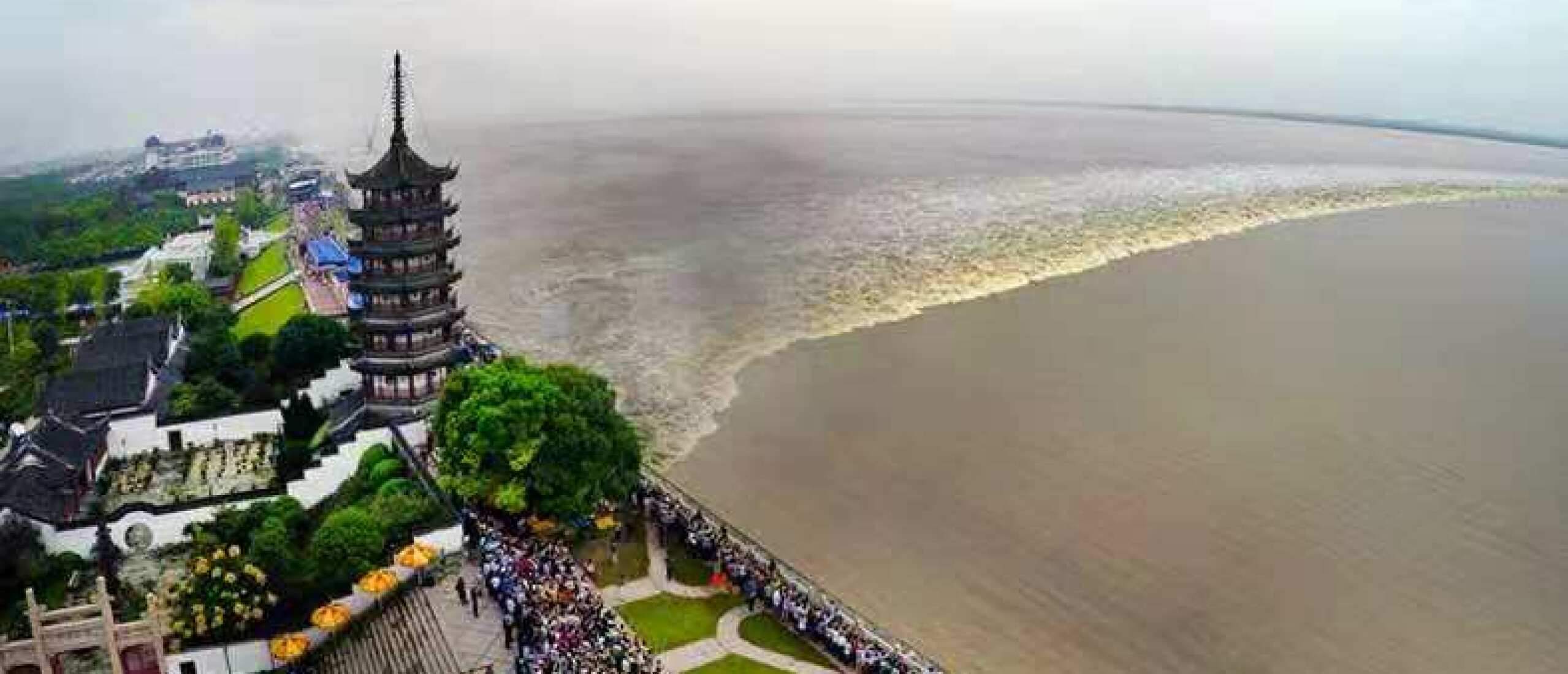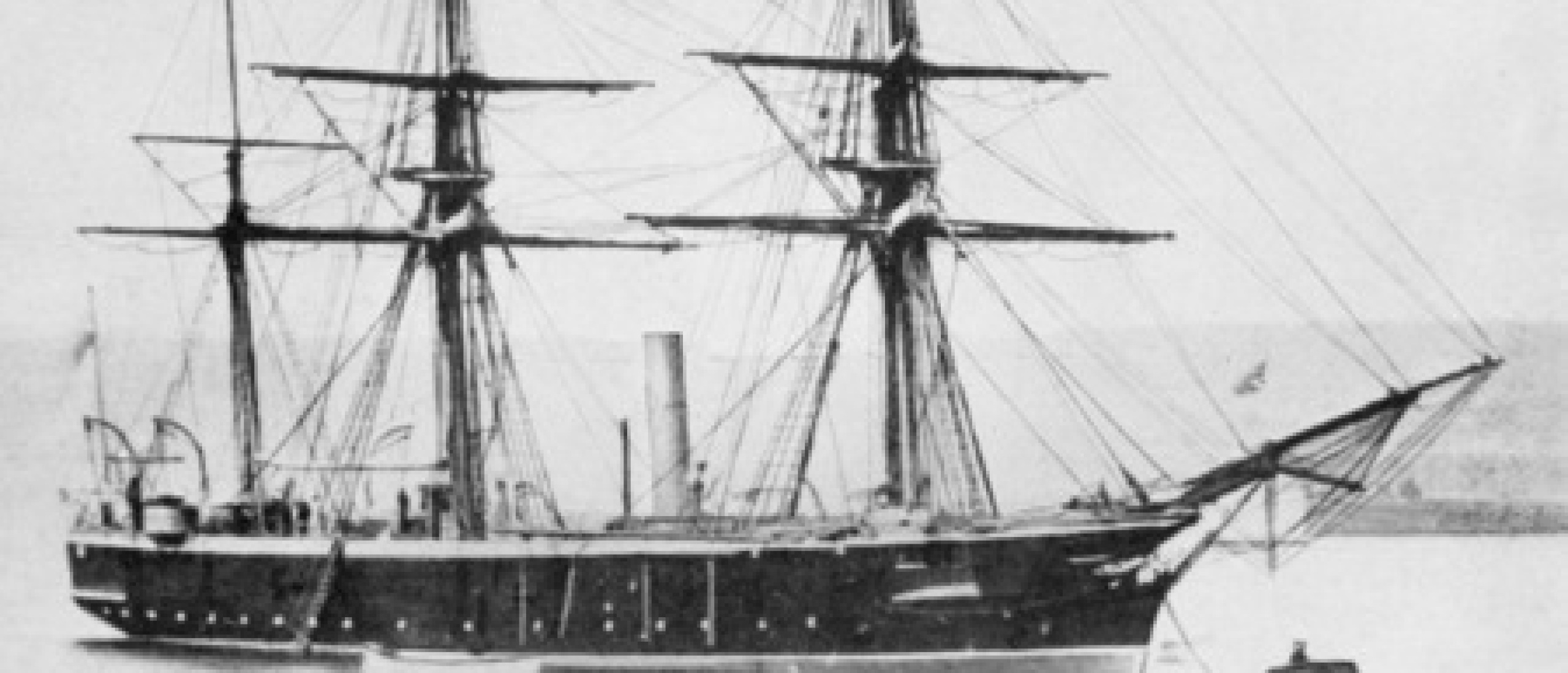
IN THE (VIRTUAL) FOOTSTEPS OF ENTOMOLOGIST J J WALKER IN CHINA, 1890 – 1893 Today’s post concerns a project I hope to do at some stage in the future, but I will need funding and to find a university through which to do it. It will involve travelling in the footsteps of my great great uncle J J Walker (G C Champion’s brother-in-law – for a full explanation of the family relationship, please see the section “In the Beginning” at the top of this page). I have chosen his explorations in China for my potential study simply because I have been in China recently and have already started to follow in his footsteps there (see my post of Friday 2oth November 2018), but a similar type of study could equally be done in other parts of the world that he visited and collected insects in, notably Uruguay, Chile and Peru, French Polynesia (where I also retraced some of his footsteps in December 2017), New Zealand, Australia, Sri Lanka, many European countries, the Azores and Western Canada). The concept of conducting searches in the localities where he collected in the 1880s and 1890s to try to relocate the species of insect that he found there seems highly valid to me, illustrating the effects of habitat and climate change. We will see how this idea develops! Background James John Walker (JJW) (1851 – 1939) was an engineering officer and ship’s naturalist on board the survey ship HMS Penguin, which was engaged in charting the Zhoushan archipelago in 1892. He wrote detailed journals describing not only his natural history observations, but also his general impressions and activities during his stay in China. His original journals, penned in beautiful handwriting, are now kept in the library of the Royal Entomological Society in St Albans, UK, and many of his insect specimens are housed in the Oxford Museum of Natural History and the Natural History Museum in London. The Walker family came from a relatively humble background, and JJW did not have an opportunity to study at university, yet his publications on entomology amounted to some 180 published notes and articles. He was awarded an honorary MA by the University of Oxford in 1905, and he was a Fellow of the Entomological Society of London from 1878 (President 1919-20; Vice President 1916, 1921; Secretary 1899, 1905-18; Council 1894, 1921, Special Life Fellow 1933). He was a Fellow of the South London Natural History Society (from 1880). He was also a Fellow of the Linnaean Society from 1889 (Council 1913-17), and of the Society for British Entomology from 1933 (Vice President 1937). James Walker was an Engineering Commander in the Royal Navy, and his voyages around the world allowed him extraordinary opportunities for exploration and as he was also Ship’s Naturalist, like Charles Darwin, he was authorized to go onshore whenever his ship was in port, to collect insects and other natural history specimens. He amassed a huge collection from all round the world, and discovered many new species for science. James Walker made four major world tours, in HMS Kingfisher (September 1880 - August 1884); HMS Grappler (October 1886 - April 1889); HMS Penguin (1890 - 1893); and HMS Ringarooma (Australian journal and observations of natural history, December 1899 – July 1902), collecting insects at every opportunity.
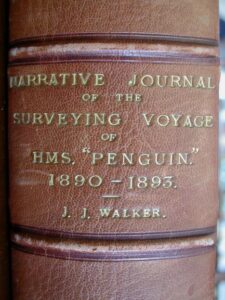 JJW's journal from HMS Penguin 1890 - 1893
JJW's journal from HMS Penguin 1890 - 1893
J J Walker’s ship arrived in Hong Kong on 14th December 1891, then moved on to Zhoushan, arriving on 18th May 1892 to conduct a survey of the islands and take soundings for a chart. The ship remained in the area until November 1892, when she returned to Hong Kong. She remained in Hong Kong until 20th May 1893. J J Walker collected hundreds of insect specimens here, and wrote the first list of the butterflies of the territory.
 JJW's manuscript on the butterflies of Hong Kong
JJW's manuscript on the butterflies of Hong Kong
When HMS Penguin anchored opposite the Bund in Shanghai on 12th June, 1892, JJW was delighted to find that the Chinese cruiser Lai-yuen was also on a visit to Shanghai, and his brother Harry Walker was serving on board as an instructor on secondment from the Royal Navy. Harry Walker went on to become Professor of Marine Engineering at the Tien-tsin (now Tianjin) Naval Academy, and served there until his death in 1905. The two brothers spent several days together in Shanghai, not having seen each for many years.
June 12, 1892 JJW meets his bother, Harry Walker July 4 HMS Penguin departs Shanghai for surveying grounds in Zhoushan (Chusan) archipelago September 24 Return to Shanghai October 2 Start on journey to observe the tidal bore October 3 Arrive at Hang-chao (Hangzhou) October 6 - 9 Observation of the Qiantang Tidal Bore October 19 HMS Penguin departs Shanghai. Further surveys of Zhoushan (Chusan) archipelago November 2 Ningpo (Ningbo) November 6 Excursion to Daleishan (Da-laen-sean), a mountain valley SW of Ningbo December 10 Dongyin (Tung-yan) islands (observed the Short-tailed Albatross)
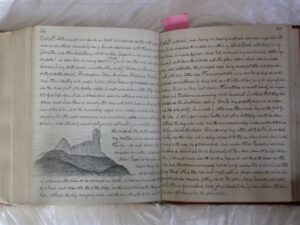 JJW's journal entry describing his arrival at the Tung-yan Islands
JJW's journal entry describing his arrival at the Tung-yan Islands
On the excursion to Hangzhou and Haining, to observe the Bore, JJW accompanied the captain of HMS Penguin, W U Moore, and a Shanghai-based photographer, a Mr E Q Cooper, who apparently meticulously photographed all items of interest observed along the way. These photographs may still be in existence, but they have yet to be relocated. J J Walker took every opportunity to go ashore and collect insects, often accompanied by “The Doctor” (Sir) Percy William Bassett-Smith, who later went on to become an eminent bacteriologist and chair of Clinical Pathology at the Royal Naval Hospital, Greenwich. He collected large numbers of specimens, of all groups of insects and molluscs, though his particular areas of specialization were Lepidoptera and Coleoptera. These are detailed in his journals, and the complete lists and original specimens are held at the two museums previously mentioned in Oxford and London. AIM OF THE STUDY My aim would be to visit each of the locations visited by JJW, preferably on the same days or as close to these as possible, to search for the same species, using his notes as a guide. A complete list would be compiled beforehand, and the original specimens examined in the museum collections in Oxford and London, together with data collection of habitat types in which these species occur, using JJW’s notes and other sources.
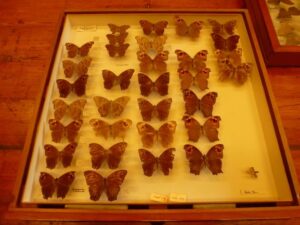 A drawer of specimens of Melanitis leda, mostly collected by JJW
A drawer of specimens of Melanitis leda, mostly collected by JJW
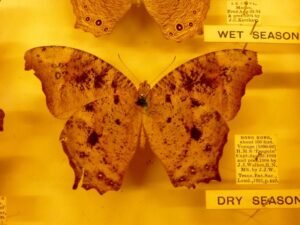 A specimen of Melanitis leda caught by JJW in Hong Kong
A specimen of Melanitis leda caught by JJW in Hong Kong
Armed with this data, the locations concerned in China would be visited, and where the habitats can still be expected to harbour insects, a thorough search made. Some offshore islands may be difficult to access, but an attempt will be made to visit as many as possible. The onshore sites should pose little difficulty. A comparison will be made between the state of the habitats as described by J J Walker in 1892 and their condition now, 130 years later. The data collected will illustrate any changes in the insect (and other) fauna and flora that have taken place in the intervening years, be they due to habitat alteration, either manmade or natural, or changes in the climate. I already noticed in my own time in China the absence of several species of butterfly that he mentions (Gonepteryx rhamni, Polygonia c-album, Dercas sp), as well as the presence of some species that are common now, but did not feature in his journals. He also records several bird species as being seen by himself or procured by “The Doctor”, but which are no longer to be found, the most charismatic of which was the Crested Ibis, Nipponia nippon, which is now reduced to one tiny relict population in distant Jianxi province. Such changes can provide useful evidence of decline in species diversity, or indeed enrichment in some cases, and can be of use in the formulation of conservation strategies, particularly in areas of great biodiversity, which these areas of (south-) eastern China are. The data and conclusions drawn from this study will be made available to Chinese wildlife conservation and academic bodies, as scientific studies from the 19th century are lacking there, and the journals of JJW covering his time in China will be published as well, both for their intrinsic and scientific value. They will add to the existing knowledge of the exploration of natural areas in the age of discovery in China (at least from a European knowledge perspective). The unique combination of a genuinely useful scientific analysis with an additional sociological and historical element, conducted by a living relative of the explorer concerned, will make the study accessible to a much wider audience than a purely scientific study would otherwise be, capturing the interest of the general populace, and this will help to highlight the need to preserve insect and other biodiversity in these areas.



